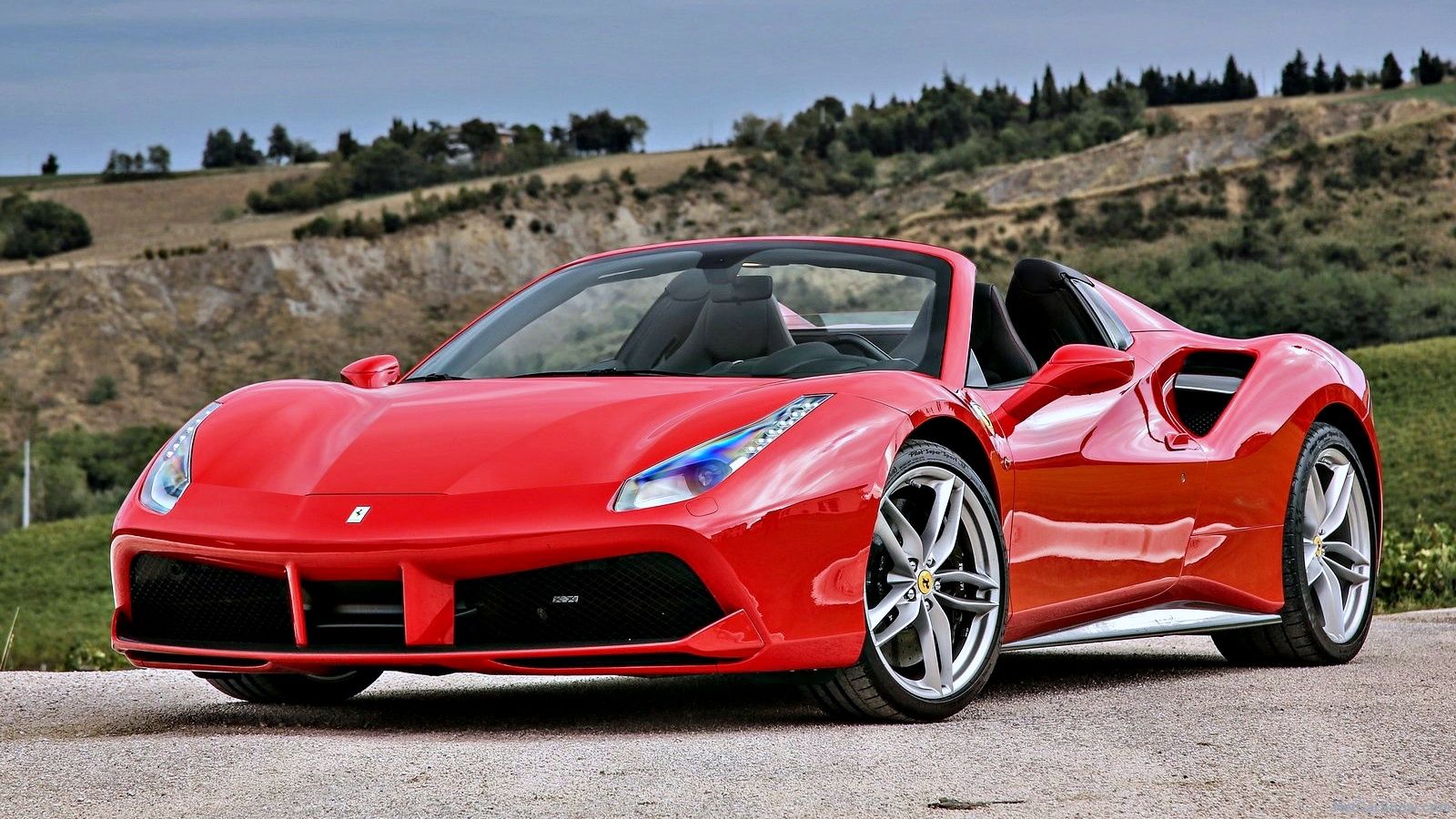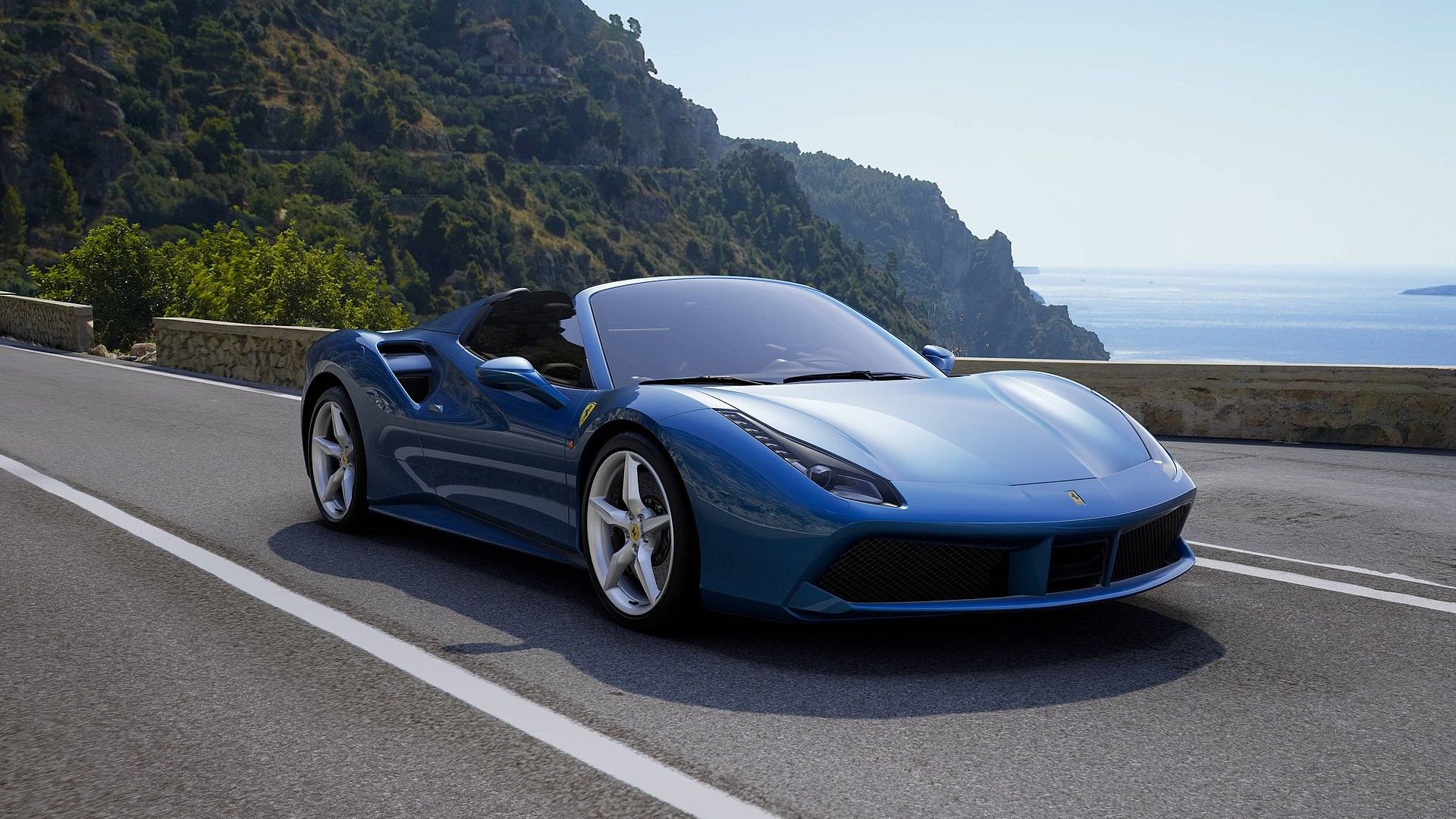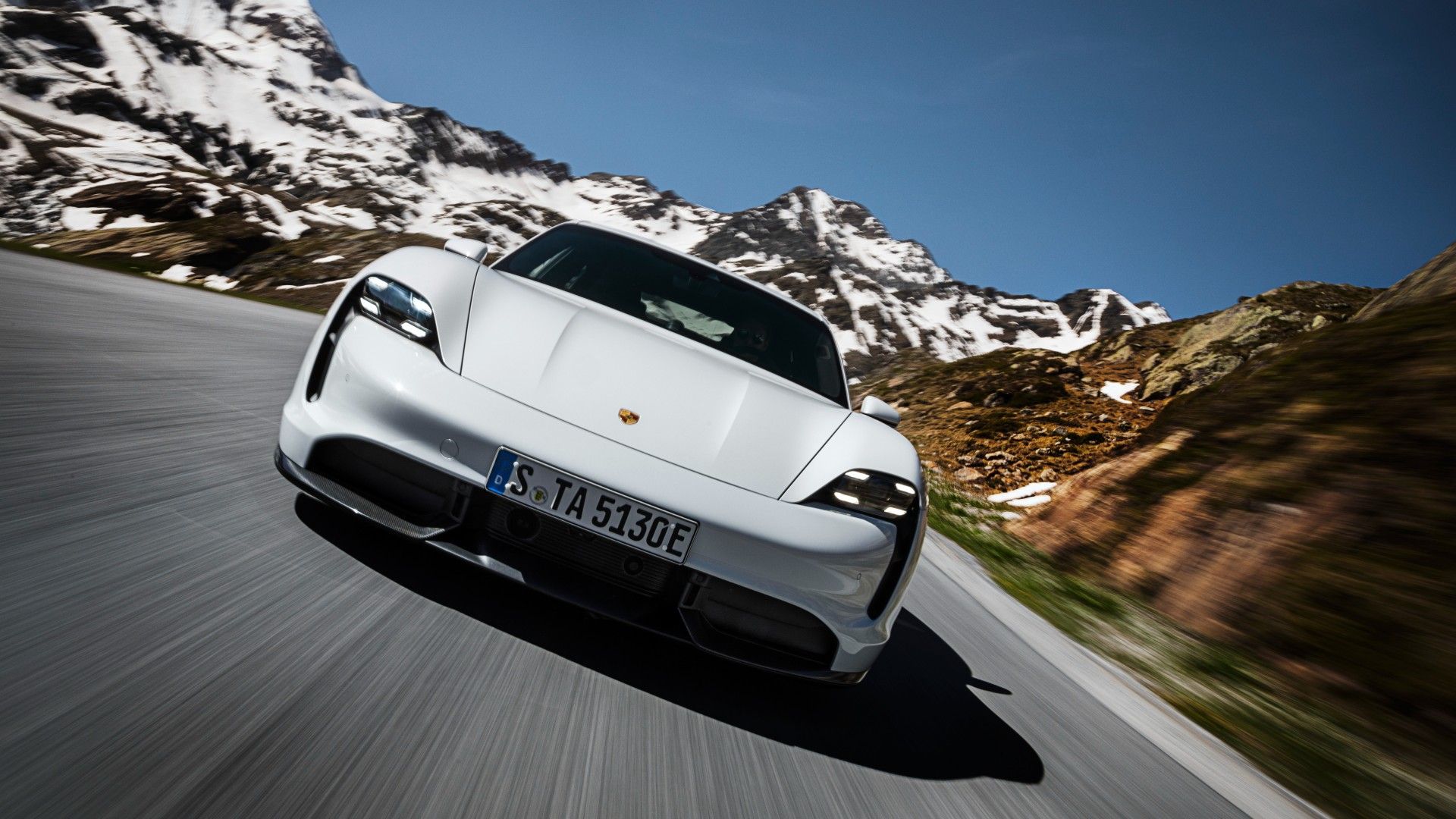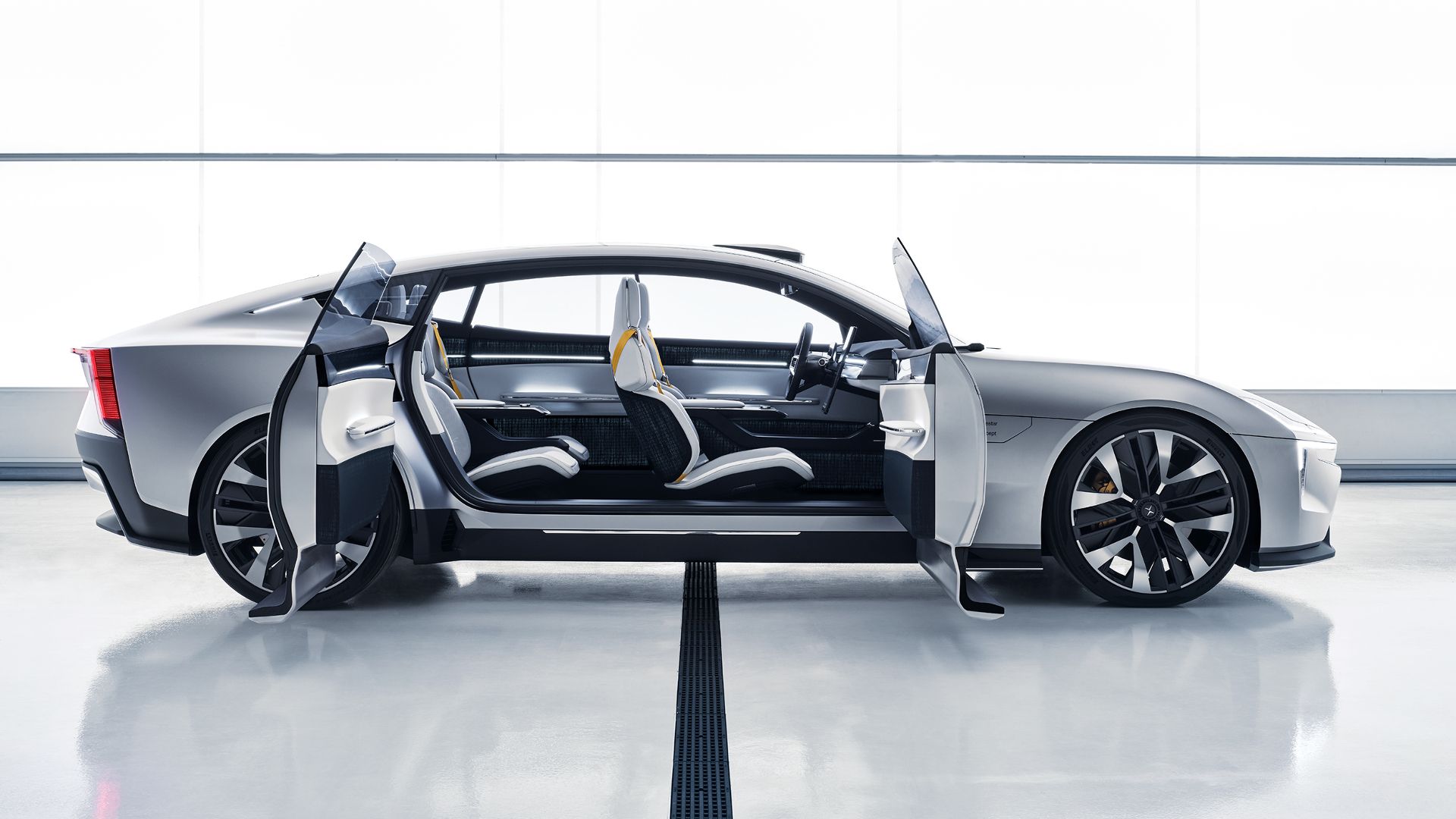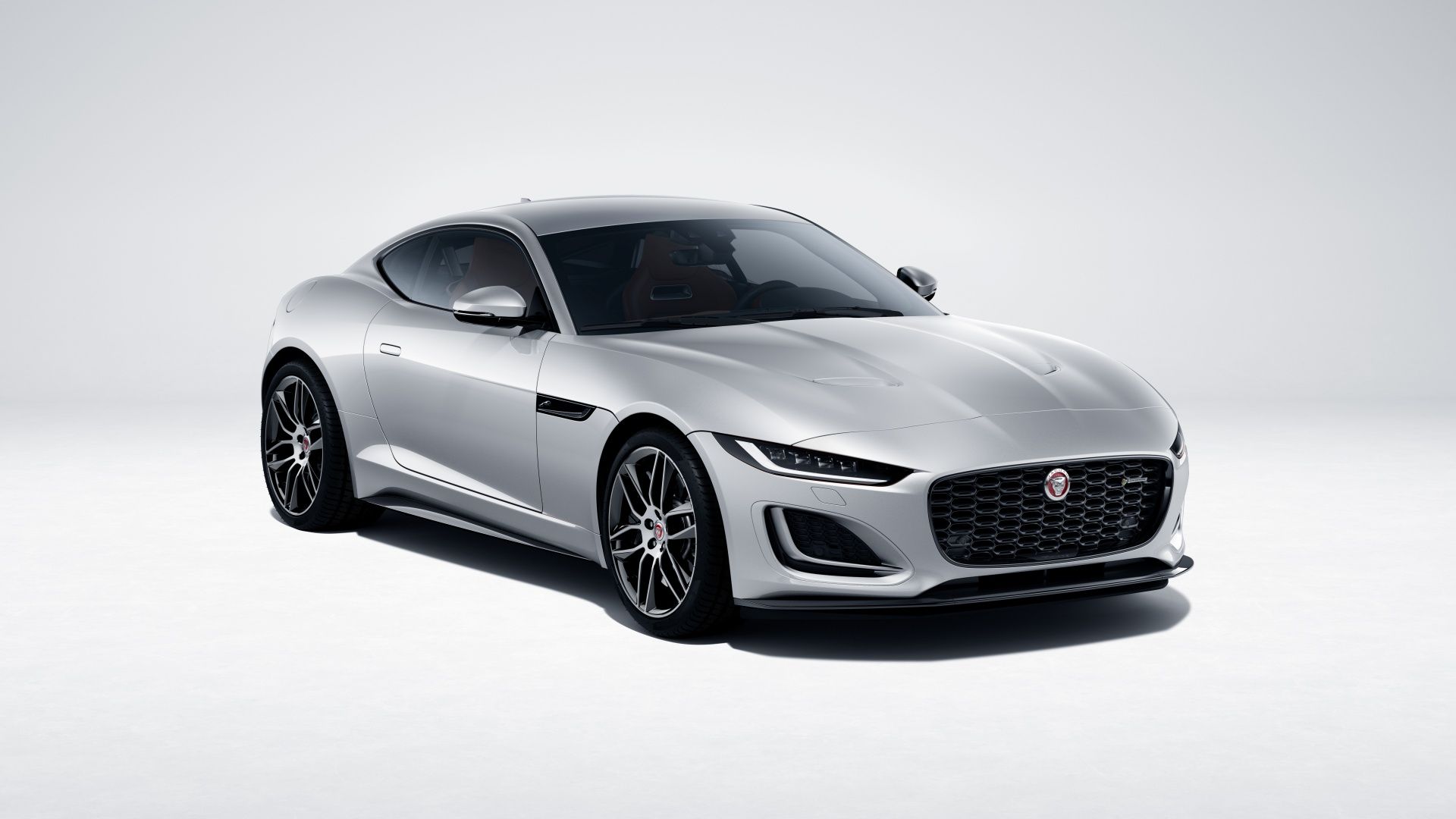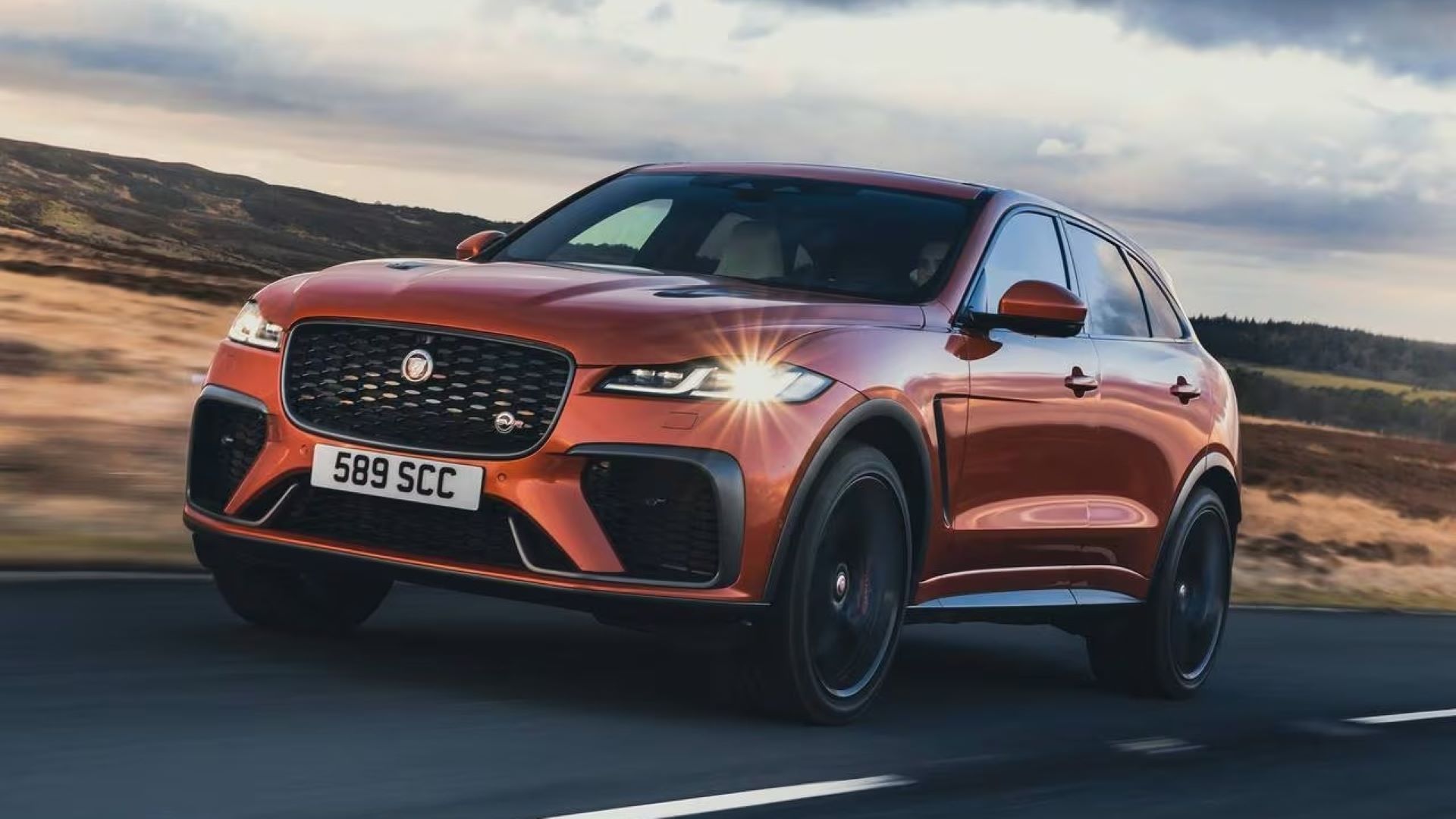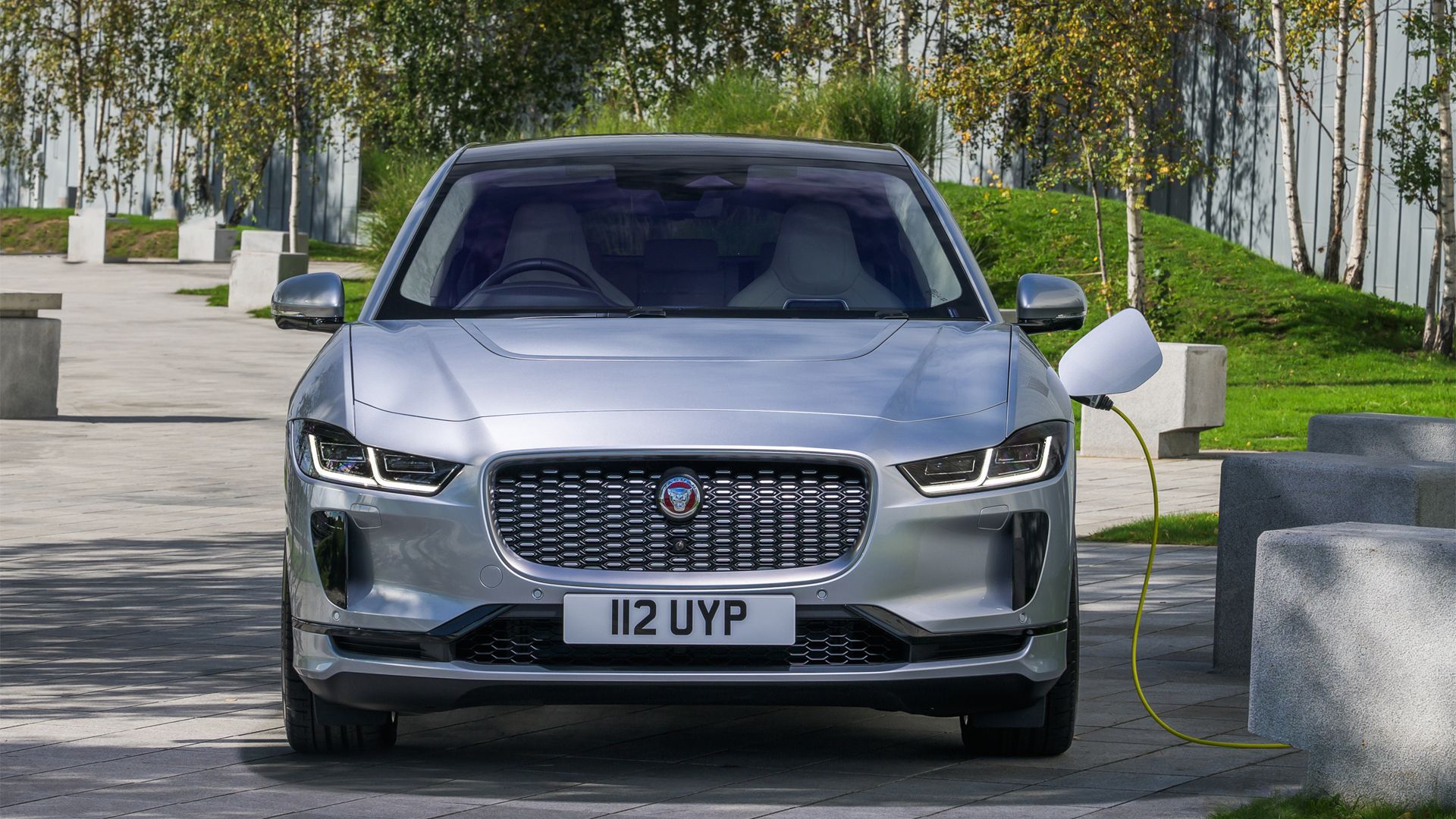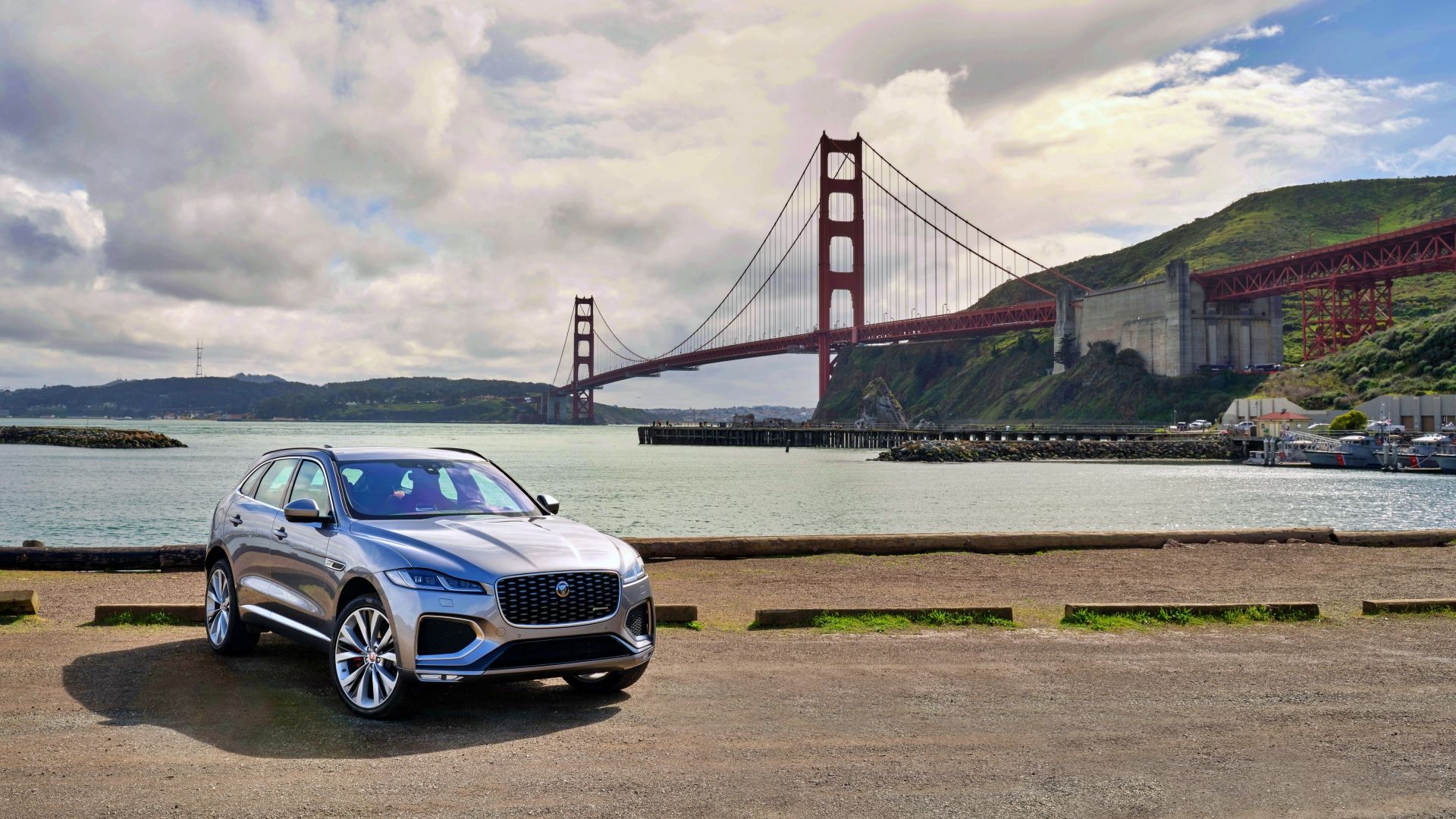Summary
- Ferrari is committed to electrification and aims to have 60 of its lineup be hybrids, with its first-ever SUV being unveiled soon.
- Ferrari is establishing an e-building in Italy to manufacture electric motors, inverters, and batteries for its electric and hybrid vehicles.
- The all-electric Ferrari GT, rumored to have four electric motors and 1,000 horsepower, will debut in 2025, signaling a significant shift in the industry.
Ferrari, the iconic Italian luxury sports car manufacturer, is gearing up for a significant transformation with the impending introduction of its first all-electric vehicle. According to Ferrari CEO Louis Camilleri, an all-electric Ferrari is on the horizon, but enthusiasts will have to wait until after 2025 to see it hit the roads. While the transition to a fully electric model is still a few years away, Ferrari is committed to making strides toward electrification. The company aims to have its lineup comprising 60 percent hybrid vehicles, with the unveiling of its first-ever SUV. The company is focusing on its hybridization efforts, including the recent release of the remarkable 986-horsepower SF90 Stradale plug-in hybrid.
To make this electrification vision a reality, Ferrari is establishing its e-building in Maranello, Italy, designed to manufacture electric motors, inverters, and batteries and assemble electric and hybrid vehicles. The new facility is expected to be ready by June 2024. Ferrari’s approach to electrification seems strategic, as the CEO, Benedetto Vigna, asserts that the transition will not impact the brand’s operating margins. With an impressive operating profit margin of 26.9 percent in the first quarter of 2023, Ferrari aims to maintain its position in the industry while embracing cleaner and more sustainable technologies.
As the automotive world evolves, Ferrari is committed to meeting the future with a lineup that balances tradition and innovation. The company had plans to introduce fifteen new models from 2022 to 2026, many of which will be fully or partially electric, so the vision is well underway.
Ferrari Has Yet To Release An EV
With the Ferrari brand being as iconic as it is, the Italian sportscar brand has yet to release an electric vehicle. Of course, the brand has seen significant changes in how it manufactures cars, with plug-in hybrids being the current status quo. Interestingly enough, Ferrari has mentioning new EVs are on the horizon, which will utilize GT platforms and still have the incredible speed and quality the company is known for. One issue in this market is that most people want to hear their car make noise, burn gas, and create that classic “racing” experience.
Ferrari has confirmed a 2025 EV is on the way. However, it’s not confirmed what it will look like and its performance or specs, leaving us in the dark for now.
With an EV, this could be a much quieter and smoother ride: which, although great, won’t feed the hunger someone typically purchasing a Ferrari has. The good news is Ferrari has confirmed a pure electric supercar is coming in the next few years, which is certainly exciting news. The current projection is that a fully electric GT will be here by the end of 2025, although knowing how difficult manufacturing your first EV is, this could (and likely will) be pushed back until Q1 or Q2 of 2026. Regardless, the concept of an electric sportscar like Ferrari is undoubtedly industry-altering.
The Electric Ferrari GT Will Change The Industry Forever
- The all-new electric Ferrari is rumored to have four electric motors.
- Ferrari’s GT EV will be two-door, according to patent filings.
- This new vehicle could have upwards of 1,000 horsepower.
With the confirmation of an all-electric GT coming to global markets in 2025, Ferrari is on track to do something incredible. Rumored to have 1,000 horsepower and four electric motors, the all-new (and electric) Ferrari will do something that’s not been seen before. As we said, Ferrari has been sluggish in producing hybrids and EVs in recent decades, but with 2025 being the debut of this new supercar, we’re anxious to see what it means for the direction of the mega-brand.
Official details are few and far between, but patent filings suggest the new electric car could be a two-door supercar rather than a four-door SUV. Some people had speculated this new Ferrari would compete with the Porsche Taycan, although if we had to guess, Ferrari would take a much greater risk upon its release. If they’ve waited this long: why take a safe, predictable approach to the world’s most powerful electric sports car?
Ferrari Predicts That EVs Will Account For Five-Percent Of Its Global Sales By 2026
With the brand’s first electric supercar dropping in 2025, Ferrari has already predicted it will account for merely five percent of its global sales for that year. Five percent doesn’t seem very impressive from our standpoint, but considering that this is taking into consideration the new (and only) EV, it will have as of 2025, we’ll lay off. That said, within 2025, 2026, and beyond, Ferrari has mentioned 15 new electric cars, which should hopefully launch that five percent to 20+. Most car manufacturers are betting on 50 percent to 100 percent zero-emission sales by the decade’s midpoint, so Ferrari is behind.
The Italian company has let many of its eco-conscious clientele down in recent years by not releasing fully electric vehicles, which they promise to eradicate soon. Another thing to remember is that Ferrari has a couple of plug-ins or hybrids out in the market, which is a first for the brand. A particularly incredible hybrid Ferrari model is the Ferrari SF90 Stradale, which has received great reviews from drivers. Furthermore, the Ferrari 296 GTB, which will feature an astonishing turbocharged V-6 engine paired with an electric motor, is another eco-friendly option for those who shop through Ferrari.
Here are the hybrids offered by Ferrari:
- Ferrari LaFerrari
- Ferrari LaFerrari Aperta
- Ferrari SF90 Stradale
- Ferrari SF90 Spider
- Ferrari 296 GTB
This at least shows us the company has an idea to go green rather than put it off any longer. If you’re spending half a million on your EV: it should have bells and whistles worth that price tag.
The Road To The Electric Ferrari Has Been A Long One
Since the early 2010s, carmakers have switched from traditional gas engines to high-power batteries in their lineups. With the climate changing and people wanting to make less of a lasting impact on the planet, it’s no surprise that the EV market is booming. However, luxury brands like Ferrari have long-standing reputations for being fast, sexy, and powerful: where does that allow for experimenting with electric technology? Many consumers and critics have been harsh on Ferrari for being so slow out of the gate regarding EVs, although to us: any progress is good.
After all, the Italian sportscar’s current hybrid and plug-in hybrid options have been received very well across the board, with no one claiming they are slow or clunky. There could be a reason Ferrari has taken this long to create a long-lasting, impressionable EV, and that’s perfectly fine. It’s not like this is a regular car for everyday commuting. Ferraris are meant to race; this isn’t something we often consider in the EV sector. Instead, the pressing issues for battery-powered cars have always been range, charge time, and safety.
That said, hybrids and plug-in hybrids are the current transitional option for drivers wanting to have an EV but still fall back on gas for regular driving. The Italian sportscar brand has been lauded for high-performing features in their hybrid models, which accounted for nearly half the sales, and can only spell good news for the upcoming 2025 EVs. Who knows, this could be a new era for Ferrari and sportscars as we know them.


